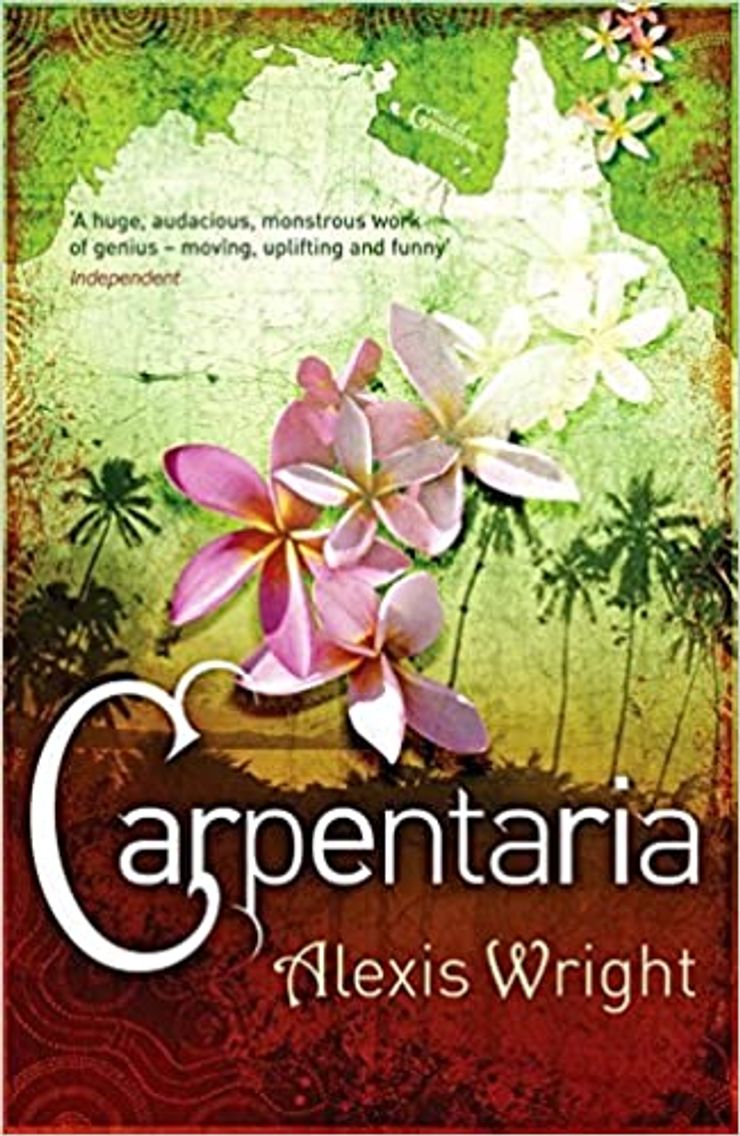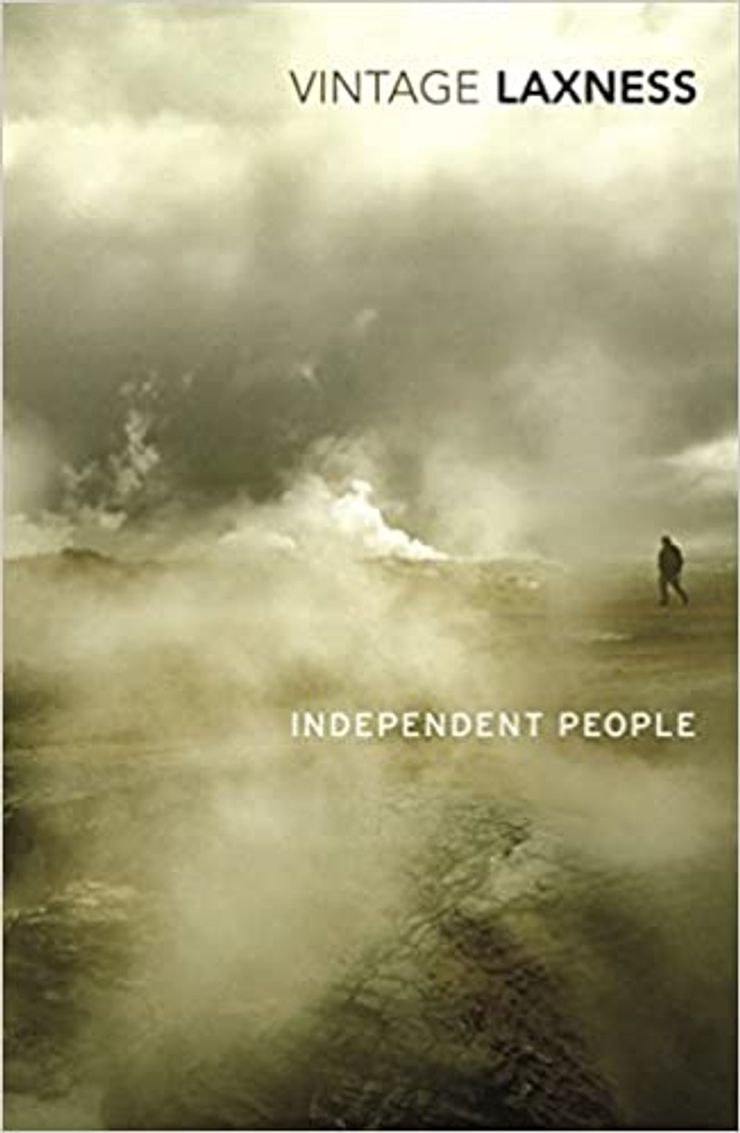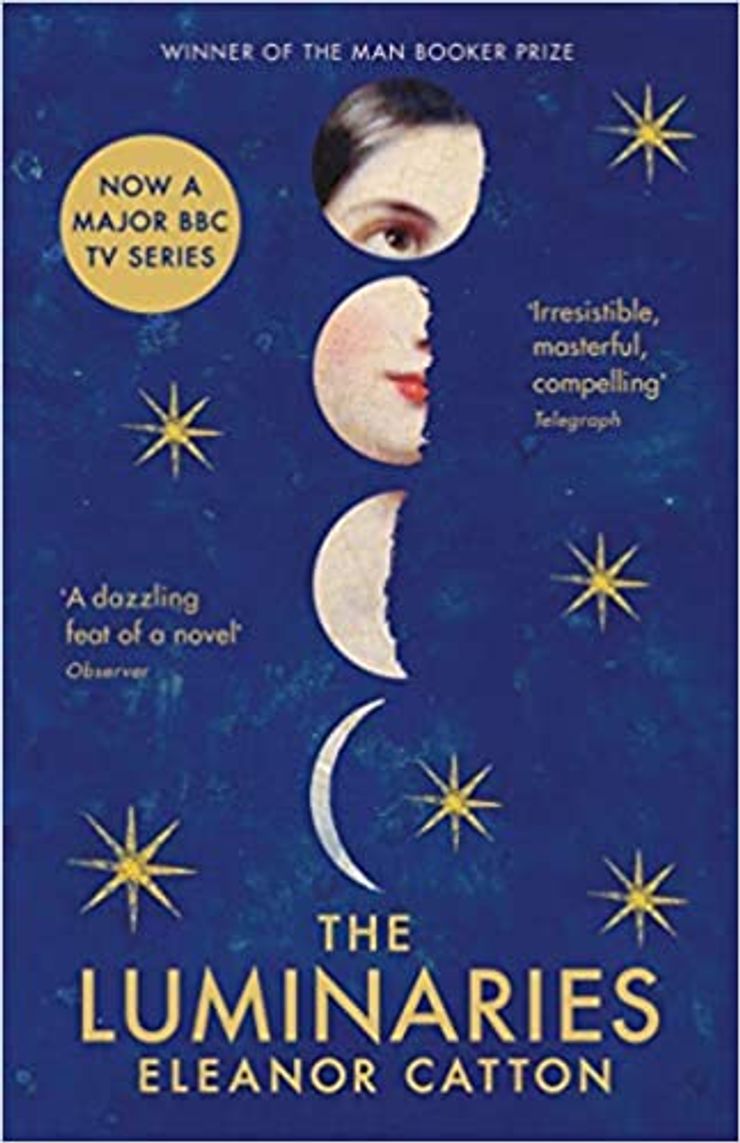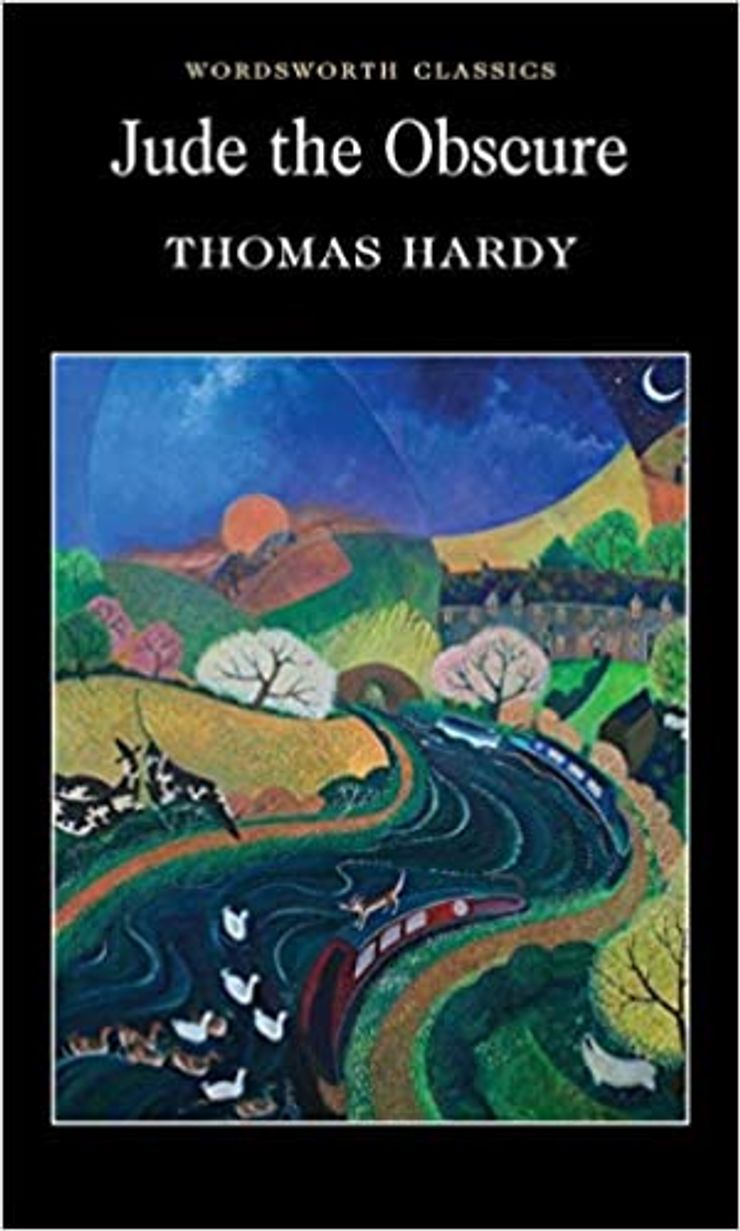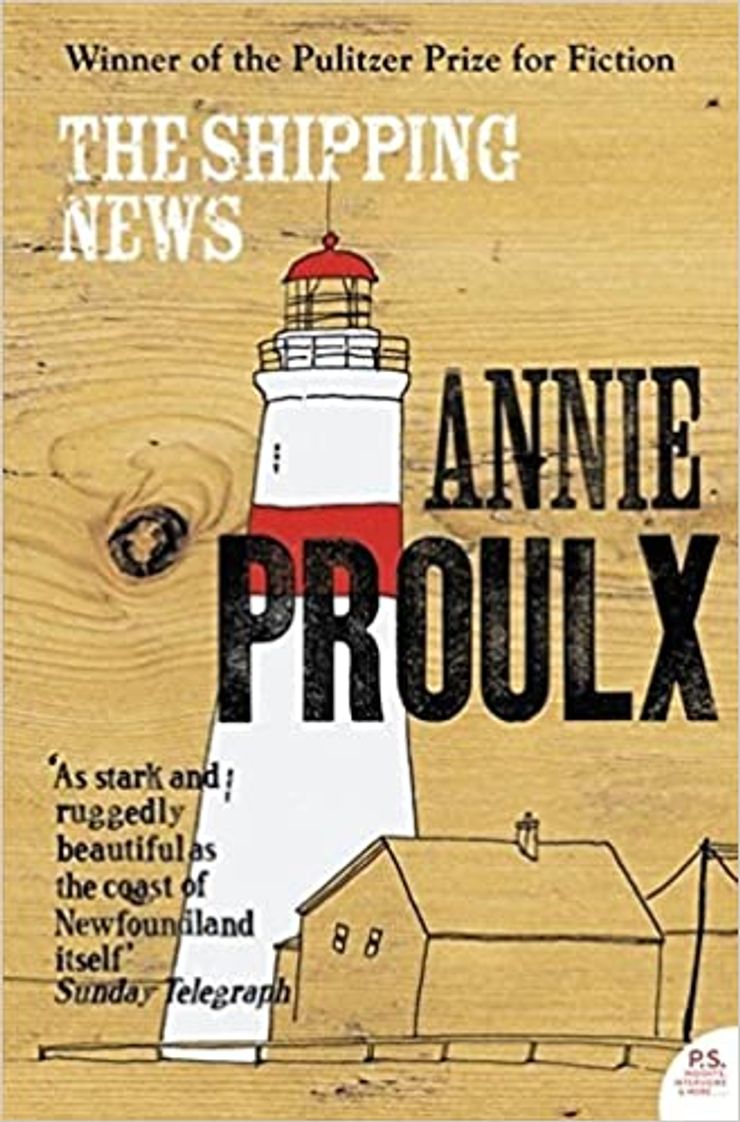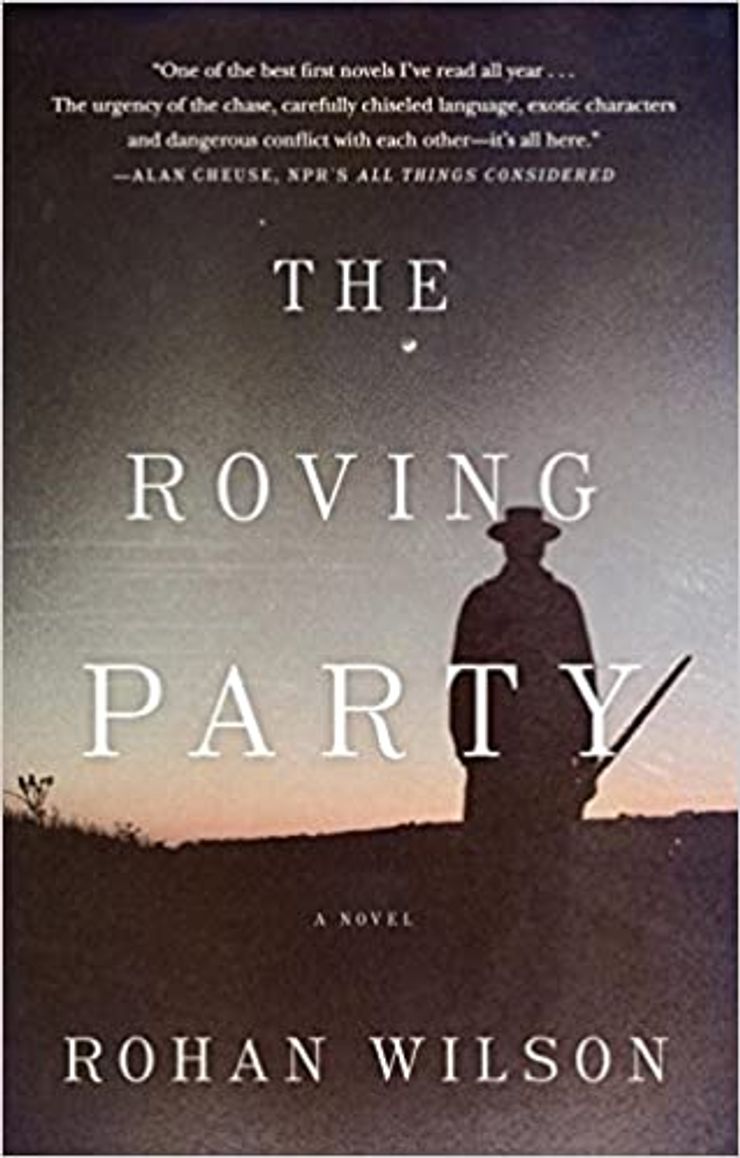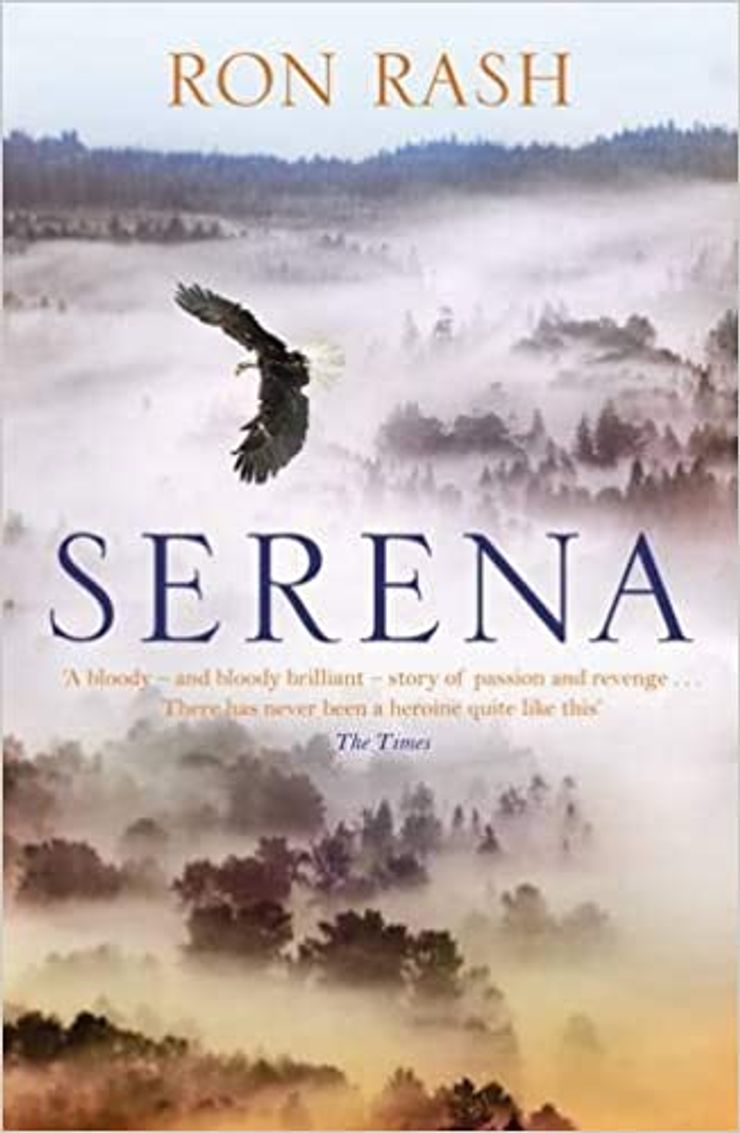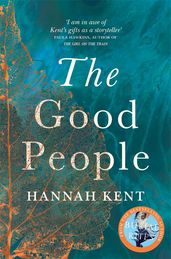Hannah Kent on the most powerful landscapes in fiction
Hannah Kent on the power of landscape in fiction, and ten novels she loves for the way in which they envoke it.

Author of the bestselling Burial Rites and The Good People, Hannah Kent explains why a novel's landscape is so important to her as both a reader and a writer and shares her top ten picks of fictional landscapes.

There is little I find more satisfying in a novel than landscape. Fully realised characters, a plot with momentum and surprise, and language so beautiful it inveigles you to neglect everything else in your life are absolutely necessary, but a sense of place is, for me, what cements a novel’s memorability.
Growing up in the Adelaide Hills, a place where people find identity through their relationship to the natural world, landscape anchored me to an understanding of home. I belonged to the frosted paddocks in winter, and the Candlebarks that grew – quickly, secretively – over the skeletons of sheep buried by the dam. When I grew older and travelled, I understood my own difference through my inability to recognise myself in the warm haze of southern France, or the mountains of Iceland. While this ‘otherness’ would initially disarm and unsettle me, it would also draw me closer to an understanding of these foreign places. By the time I was in my twenties, landscape had become a private language through which to understand the world, and I found myself drawn to novels where setting was similarly key in characters’ lives; where it had equal presence. I found myself, as a fledgling writer, turning towards place as inspiration.
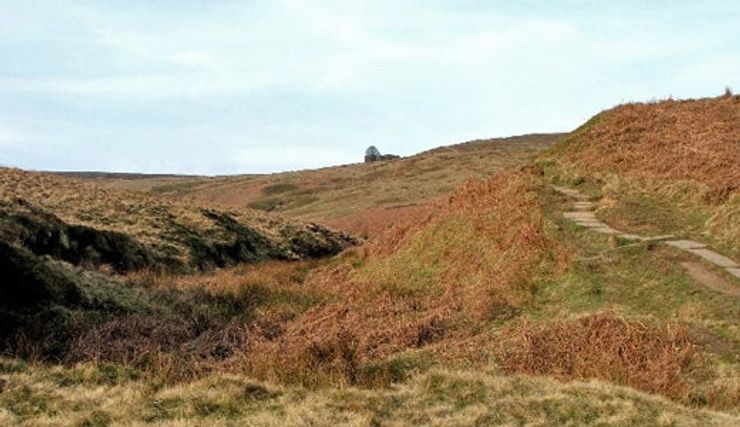
Today I am fully aware of how much my writing is influenced by landscape. Burial Rites is at once a dark love letter to Iceland as it is to the life and death of Agnes Magnúsdóttir – a distillation of my deep love and respect for that singular place, facilitated by the retelling of an historic, tragic story. Even last week I was wondering whether I have ended up writing historical fiction not because I wish to focus on the past, but because our relationship and regard for nature is significantly less than it once was, and old stories allow a deeper meditation on the ways in which people are formed by the natural landscapes they live in.
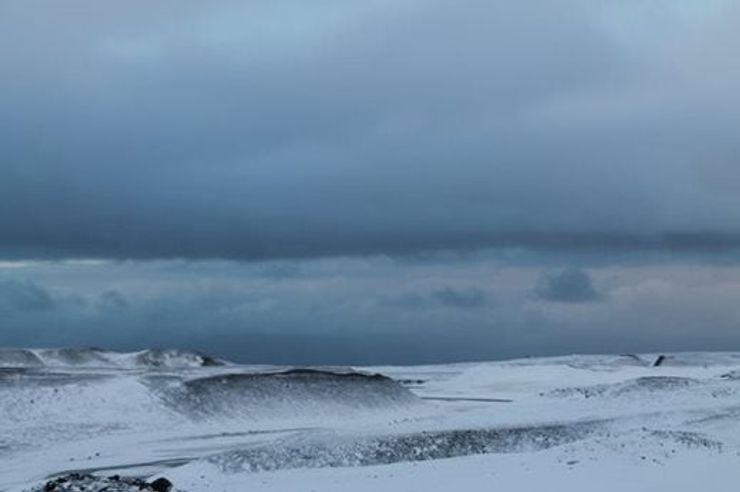
Here are ten novels I have loved for their representation of landscape. Of course, the greatest challenge in quoting examples from these books is that they rarely contain lengthy passages detailing the weather or setting. The skill in writing landscape is to capture it in concise, startling references, well placed within the narrative, that accumulate to create a pervading presence. This is what these ten do. It is literary impressionism: a few deft, suggestive strokes here and there to build atmosphere and place, and to subliminally plague the reader with symbolic import. So rather than attempt to illustrate their genius with excerpts, I will leave you to read them in your own time, and appreciate them in your own way.
Carpentaria
by Alexis Wright
Independent People
by Halldor Laxness
The Luminaries
by Eleanor Catton
Jude the Obscure
by Thomas Hardy
The Shipping News
by Annie Proulx
The Roving Party
by Rohan Wilson
Serena
by Ron Rash
The Service of Clouds
by Delia Falconer
Wuthering Heights
by Emily Brontë
One of the great novels of the nineteenth century, Emily Brontë's haunting tale of passion and greed remains unsurpassed in its depiction of destructive love. Her tragically short life is brilliantly imagined in the major film, Emily, starring Emma Mackey in the title role.
Part of the Macmillan Collector’s Library; a series of stunning, clothbound, pocket-sized classics with gold foiled edges and ribbon markers. These beautiful books make perfect gifts or a treat for any book lover. This edition of Wuthering Heights features an afterword by David Pinching.
One wild, snowy night on the Yorkshire moors, a gentleman asks about Wuthering Heights, the remote farmhouse inhabited by his mysterious landlord. He is told about the tragic romance of the beautiful, headstrong Cathy and the orphan Heathcliff, who – although desperately in love with her – is rejected in favour of a rich suitor. But Cathy cannot forget him, and he develops a lust for revenge that will take over his life as he attempts to win her back, and to destroy everyone, and everything, he considers responsible for his loss.
The Riders

Find out more about Hannah's own novels, below.
Burial Rites

In northern Iceland, 1829, Agnes Magnúsdóttir is condemned to death for her part in the brutal murder of her lover.
Agnes is sent to wait out her final months on the farm of district officer Jón Jónsson, his wife and their two daughters. Horrified to have a convicted murderer in their midst, the family avoid contact with Agnes. Only Tóti, the young assistant priest appointed Agnes’s spiritual guardian, is compelled to try to understand her. As the year progresses and the hardships of rural life force the household to work side by side, Agnes’s story begins to emerge and with it the family’s terrible realization that all is not as they had assumed.
The Good People
by Hannah Kent
Based on a real case in nineteenth-century Ireland where a woman was acquitted of a serious crime because she claimed she had been trying to banish a fairy. Hannah Kent’s long-awaited follow-up to Burial Rites takes us to a lost world of folklore and belief, ritual and stories where three women are drawn together in the hope of saving a child.
